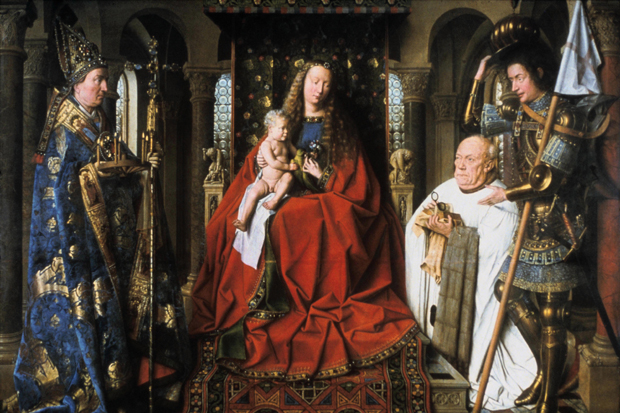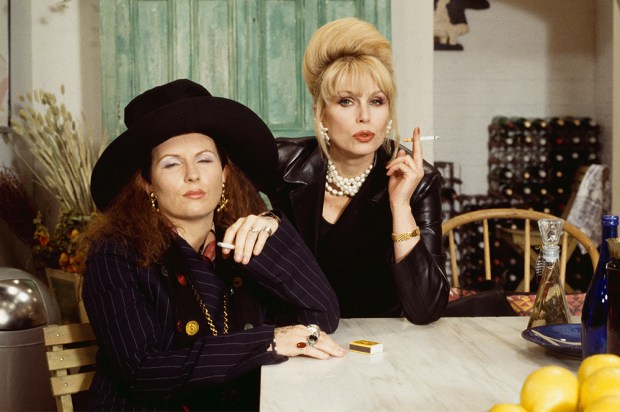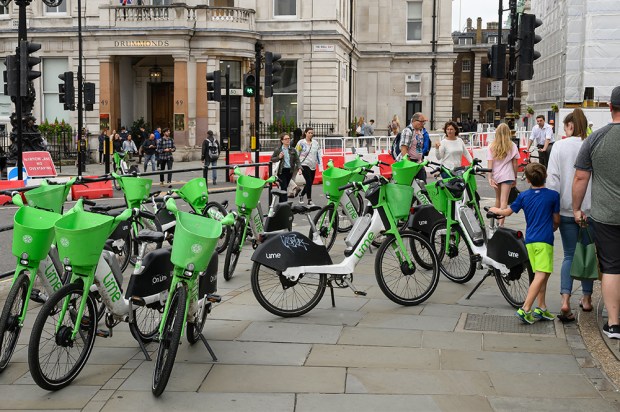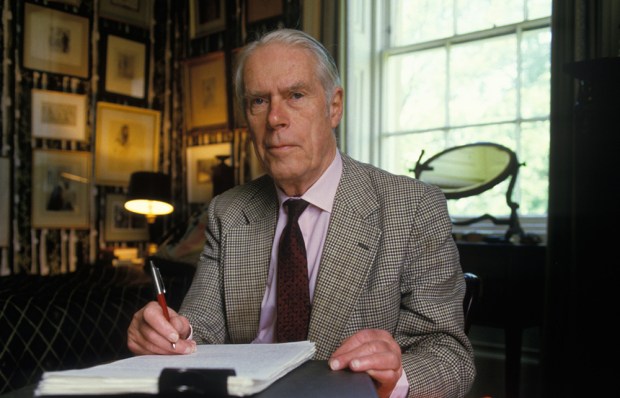An embarrassing confession: in the late 1960s, I was a Trotskyite. But that period of political adolescence has its uses. It made me aware of the methods employed by extremist parties such as the Scots Nats. Trots wanted to encourage ‘the workers’ to make impossible demands, including ludicrously high wage rates, in order to bring down capitalism. But the workers were too wise to fall for that, until Arthur Scargill came along. Now, the Nats are playing a similar game, discussing the terms on which they might support Ed Miliband — as if they would like a stable government in London. That is nonsense. They want confusion and chaos in London, which would inflame the English against the Scots and convince even more Scots that the Union is collapsing. The Nats would actually prefer a Tory government, because they think that Toryism is still a toxic brand in North Britain. In Lenin’s words, they will support Mr Miliband in the way that a rope supports a hanged man.
Can you remember who Emily Thornberry was? If not, no worries: neither can she. A clue: white van man and the Cross of St George were responsible both for her 15 minutes of fame and her dismissal. But before she returns to the obscurity from which she should never have emerged, there is an interesting point. When the English won the football war in 1966, they marched under the Union Flag. In those days, if you had asked the average supporter about the Cross of St George, he would have been nonplussed. So how did it migrate from the church steeple to the van’s bonnet? There have been worse PhD topics. This is one change which owes nothing to any supposed elite: a genuine popular movement, which is why the sociologists have averted their gaze. They would only be interested in a popular movement if it involved building socialism. Although it might seem regrettable that St George’s beautiful banner, which adorns at least one very great painting — Van Eyck’s ‘Canon van der Paele’ — should now be a footballing symbol, this is a development which may tell us a lot about nationalist stirrings in the English psyche, which could have interesting consequences for both Scotland and Europe.
In recent years, posthumous pardons have become fashionable. I have always been sceptical about modish attempts to rewrite history, yet there is one overwhelming case, not for a pardon, but for a posthumous decoration. In the early 1970s the UK was assisting the Sultan of Oman in a fierce little war. Communists and Yemeni insurgents were trying to overthrow him. If they had succeeded, it would have destabilised the entire Arabian Peninsula. The SAS were closely involved and in July 1972 a battle took place at Mirbat, near the Yemeni border. Three hundred guerrillas attacked a small SAS position. It would have been overwhelmed except for Sergeant Talaiasi Labalaba, a Fijian. He managed to reach a 25 pounder, which he used as if it were a rifle. He was hit repeatedly but fought on until the RAF appeared and the rebels ran. A chopper arrived to casevac him. He insisted on walking to it, though he was pouring blood. He died in the helicopter. The government wanted to keep the war quiet, partly to avoid trouble from the Labour party. Many of its senior figures could not be accused of anti-communism. So when it came to decorations, discretion was the better part of valour. The sergeant only received a mention in despatches. Two conditions govern the conferring of the greatest award of all. The recipient must have displayed reckless courage and his gallantry should have been game-changing. Charles Guthrie, Field Marshal, who served in the SAS and was later its Colonel-Commandant, believes that no soldier ever did more to earn the Victoria Cross than Sergeant Labalaba. There is a statue to him at the Stirling Lines, the SAS’s HQ: thus the brave salute the bravest. In strategic terms, Mirbat was more important than Rorke’s Drift. Eleven VCs were awarded for that battle. Mirbat deserves one.
In recent letter columns, there was a debate about Joan Littlewood. Although her doctrines were Brecht after a lobotomy and she was the last living exponent of proletkult, she is worth a couple of paragraphs in the history of post-war theatre. There is a dispute as to whether she discovered Brendan Behan but he does deserve enduring fame, for writing the most acutely observed history of the C of E in one sentence: ‘The Church of England was founded on the bollocks of Henry VIII.’ It could be argued that the whole of Eamon Duffy’s more substantial oeuvre is a vindication of the Behan thesis.
The obvious question for the New Year: the election. I think that there is a simple answer. It will come down to a contest between fantasy and reality. As David Cameron is the only realist, he will win with an overall majority.
Got something to add? Join the discussion and comment below.
Get 10 issues for just $10
Subscribe to The Spectator Australia today for the next 10 magazine issues, plus full online access, for just $10.
You might disagree with half of it, but you’ll enjoy reading all of it. Try your first month for free, then just $2 a week for the remainder of your first year.















Comments
Don't miss out
Join the conversation with other Spectator Australia readers. Subscribe to leave a comment.
SUBSCRIBEAlready a subscriber? Log in